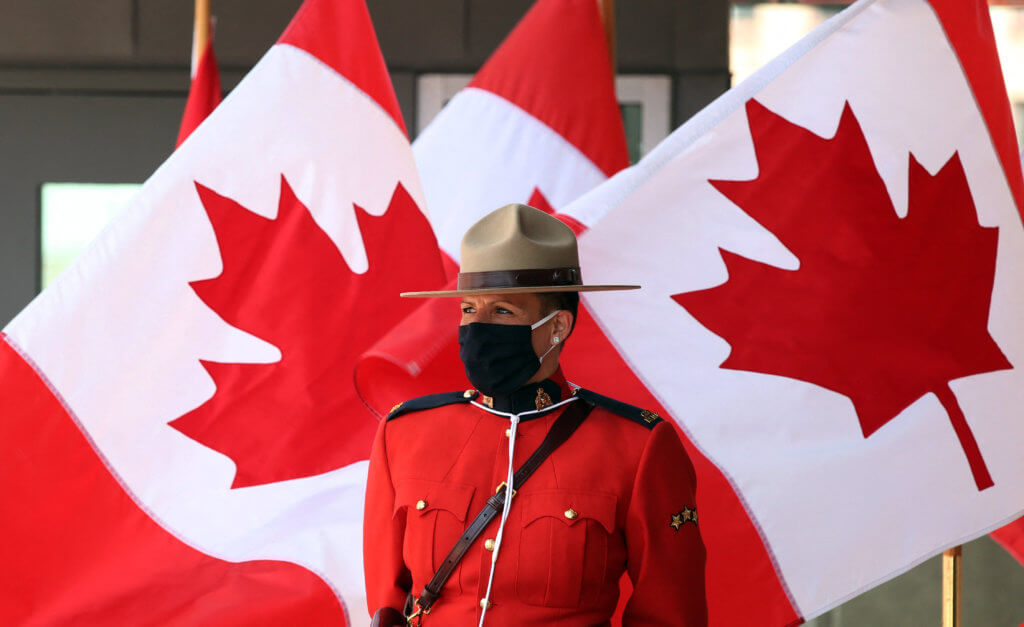
If you’re an international student in a Canadian university looking for a route to permanent immigration, you’re in for a treat. The Canadian government announced that it is targetting 431,645 permanent residents this year under the Immigration Levels Plan 2022-2024 to bolster Canadian immigration.
In a statement published on Feb. 14, 2022, the government cited labour market shortages as a primary reason behind the decision tabled under the new plan. The target marks an increase from the government’s initial plan of welcoming just 411,000 immigrants in 2022. The new Immigration Levels Plan is part of a concerted strategy to increase Canadian immigration numbers annually for the next three years, with 447,055 and 451,100 newcomers aimed in 2023 and 2024.
Our 2022‒2024 Immigration Levels Plan outlines an ambitious but responsible path for immigration to fuel Canada’s economic recovery and post-pandemic growth over the next few years: https://t.co/QNxzLyK0d5
(thread⬇️) pic.twitter.com/C55m1QNeuy— IRCC (@CitImmCanada) February 14, 2022
“This levels plan is a balance of needs for our country and our international obligations. It focuses on attracting skilled workers who will contribute to Canada’s economy and tackle the labour shortage, while recognising the importance of family reunification, and helping the world’s most vulnerable populations through refugee resettlement,” said Sean Fraser, Canada’s Immigration Minister to CIC News.
Most new immigrants will arrive through the economic class admissions, either through the Express Entry route, the Provincial Nominee Programme (PNP), or the Temporary to Permanent Resident Programme (TR2PR) pathway, while the family class will comprise 24% of admission targets for this year, said CIC News.
Canadian immigration: Are international students taken into account?
While Canada’s ambitious immigration plans for the coming years spell good news for skilled workers, what about international students who are currently in Canada?
It’s no secret that Canada is a popular study destination due to its friendly immigration policies, with many foreign students preferring the country over other competitors such as the US and the UK. More than one-third of students (39%) reported that Canada was their top study destination last year, followed by the US and the UK (both 17%) and Australia (16%).
International students in Canada are eligible for a post-graduation work permit (PGWP) after completing their studies for a certain time at a designated learning institution (DLI). PGWP holders can temporarily stay in Canada to work, and the duration of the permit corresponds with the length of the study programme, anywhere between eight months up to a maximum of three years.

According to Statistics Canada, three in 10 international students who first entered Canada after 2000 attained permanent residency status within a decade since their study permit was first issued. Source: Dave Chan/AFP
However, the PGWP doesn’t automatically lead towards permanent settlement. To do that, students have to apply for Canadian immigration, the most popular of which is the Express Entry route, as having a Canadian degree and work experience helps increase one’s eligibility for permanent residency.
The PNP, which is the second leading pathway to immigrate to Canada, is another alternative for international graduates who didn’t make the cut for Express Entry. Candidates are nominated by the province with job offers for permanent residency that meet the area’s economic and demographic needs.
Some of these Canadian provinces don’t require you to have a job offer to settle there permanently. No, we’re not kidding. #internationalstudentscanada #workinCanada #PNPhttps://t.co/fC3pBpm4HQ
— Study International (@Study_INTNL) February 14, 2022
Figures released under the Immigration Levels Plan show that Canada is determined to grow its population with skilled immigrants, and international students can fit into several permanent resident categories.
However, the ambitious numbers set by Canadian immigration have met with scepticism by those who believe that the country should pause attracting newcomers to its shores.
The Canadian Immigration Lawyers Association (CILA) released a statement on Feb. 7, 2022 cautioning the government against accepting new immigrants due to the massive immigration visa backlogs that have left many in limbo over their status. The current number stands at 1.8 million, which includes immigration, study permit, and citizenship applications.
“Canada loses credibility when it tells global talent it is open for business but then shuts the door abruptly on them,” said CILA in a statement. “CILA believes it would be in the immigration system’s medium- and longer-term interests for IRCC to use this year as an opportunity to reduce its backlogs and to continue to make the necessary technological investments and changes that will improve processing times and client experience moving forward.”
The numbers, however, are siding with international students. Statistics Canada reported that three in 10 overseas students who first entered Canada after 2000 attained a permanent residency status within 10 years since their study permit was first issued. Of those who obtained their first study permit in the 2010-14 period, nearly half came from India (46%), followed by Nigeria (30%), and Vietnam (21%). International students who were employed while studying or after graduation were also more likely to become permanent residents (60%).










